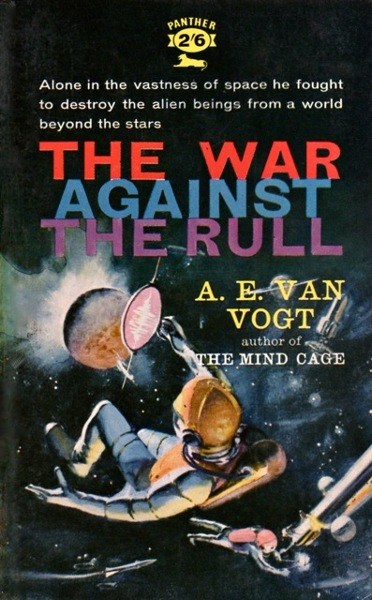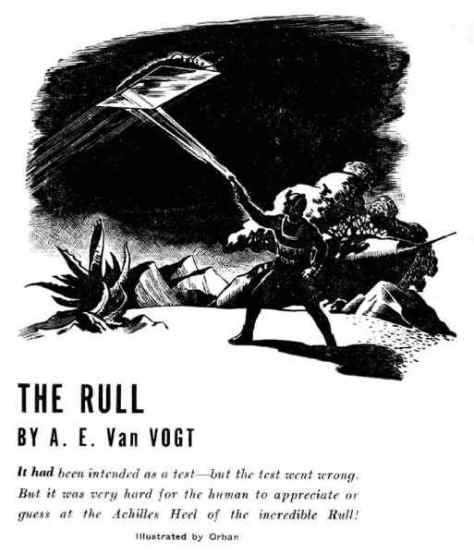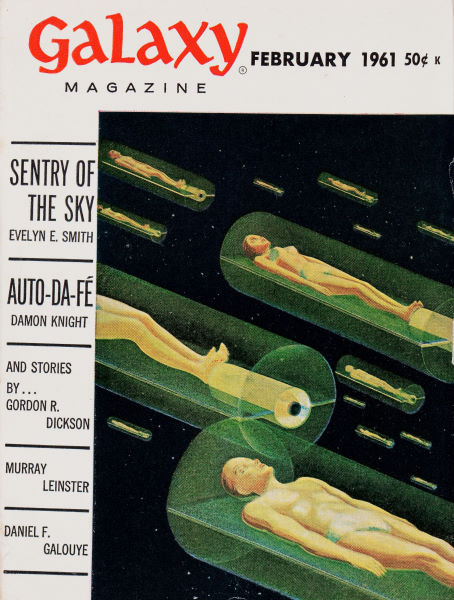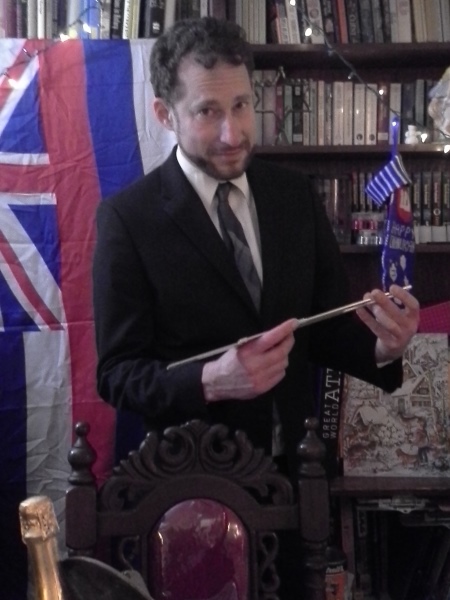

At ConDor, a local gathering of science fiction fans, my wife and I led a panel on the state of the genre, particularly how our s-f digests are doing. Their boom began in 1949 and peaked in 1953, when there were nearly 40 in publication. That number is down to less than 10, and many are (as usual) predicting the end of the fun.
While it is true that the volume of production is down, I argued that the quality is up…or at least evolving. I used Galaxy's sister magazine IF as an example. IF pays its writers less than Galaxy, and it is a sort of training ground for new blood. Fred Pohl, the magazine's shadow editor, also prints more unusual stories there. As a result, the magazine's quality is highly variable, but the peaks tend to be interesting.

Sadly, this month's IF is chock full of valleys. You win some, you lose some. Still, for the sake of completeness, here's my review; as always, your mileage may vary!
IF has a tradition of leading the magazine with its best stories, but IOU, by Edward Wellen, is an exception. The premise is promising: it's about a future in which people can buy custom experiences, to be lived out upon dying to simulate the appearance of going to Heaven. It's dull as dirt, however, and I ended up skimming the last 10 pages or so. That automatically makes it a one-star story. Perhaps you can tell me what I'm missing.
Then there's Jim Harmon's February Strawberries. When a man brings his wife (most of the way) back to life, is it a technological horror or a paranoid delusion? Macabre and second-rate, it reads like an inferior episode of The Twilight Zone. Two stars.
Minotaur, by Gordy Dickson, is pretty effective. A one-man scout ship happens upon a ghost cruiser in the vastness of space. Its crew is missing, as is its cargo of zoological specimens. I liked the spooky atmosphere, and I'm a sucker for spaceship stories, but the end is a little pat. Three stars.
Sylvia Jacobs is back, but her second IF effort isn't much better than her first. Strike that. Young Man from Elsewhen, about a crippled, bitter old man, and the deal he makes with a time traveling dandy, is very well written; it's just that there are no twists or turns from Point A to Point B. Two stars.
The first tale from Julian F. Grow, The Fastest Gun Dead, is a good one. Westerns are still popular on the airwaves, and this story, featuring a sawbones, an unsavory shopkeeper, and an alien supergun, shows that the milieu has legs in our genre, too. Gun is also marred by a too-cute ending, but I think Grow has a real shot at growing into a fine author. Three stars.
Max Williams' The Seeder, is almost too short, and certainly too hackneyed to describe. R.A. Lafferty's pleasantly whimsical In the Garden, about a starship crew that stumbles upon the second Garden of Eden, almost garnered four stars…until the last line. Le sigh.
The issue closes with The Well of the Deep Wish by Lloyd Biggle Jr. It is the best of the bunch, a thoughtful piece showing us the world of television production in a post-apocalyptic, subterranean future. Three stars.
Thus, the March 1961 IF meters in at a disappointing 2.25 stars. This explains why it took me so long to get through it!

Crunching the numbers on the Star-o-Meter 2000, we have a surprising winner for March 1961: Analog! F&SF was just a sliver behind, however, and both were head and shoulders over IF. All told, there were 21 stories, two of which were written by women, one of those being my favorite of the month: Zenna Henderson's Return.
Stay tuned for a new batch of magazines, a new Frederic Brown novel, and a whole lot more…and a hearty wave to a few new fan friends that I met over the weekend: David Gerrold, John and Bjo Trimble, and Dorothy Fontana.


















